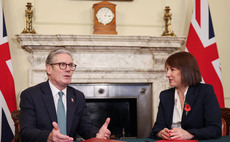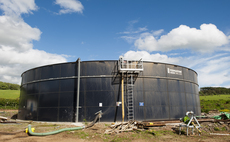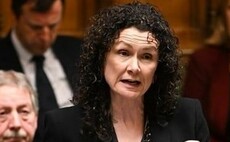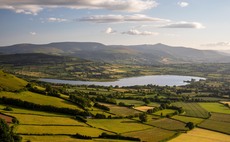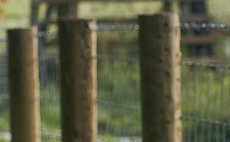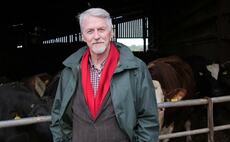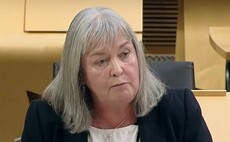Defra recently announced its plans to help cushion the impact for farmers wanting to leave the industry. But how exactly will the scheme work? Jane Thynne reports.
IN February of this year, the Government announced its long-awaited plans regarding support for farmers who wish to leave or retire from farming.
The Lump Sum Exit Scheme is part of a wider Department of Environment, Food and Agriculture (Defra) plan to transition farming in England away from Direct Payments and towards a new farming policy by 2027.
Following consultation with industry members, Defra has now revealed its proposal that, it says will benefit those who want to leave farming, either to retire or take up a different occupation. It is also hoped the scheme will free up land for new entrants and existing farmers who wish to expand.
A six-month window for applications is due to open next month, but as yet, the finer points of the scheme have yet to be revealed.
Andrew Wraith head of Savills food and farming team, welcomed the Governments attempt to help people plan for the future, and suggested it would be most useful for people who have already started thinking about what happens next.
It will enable those conversations to take place with family members or others involved in the business, he said.
For those already thinking about the road to retirement, it could be seen as a windfall. But with the sums set at 100,000, I think there may be limits to what it may achieve.
So what is being offered? Under the terms of the new scheme, farmers will be entitled to a lump sum payment to help them exit the industry.
Calculations will be based on the average Basic Payment Scheme (BPS) payment received in2019 to 2021multiplied by 2.35, but will be capped at 100,000. The applicant must also have claimed BPS in 2018 or earlier to be entitled to apply.
Before an applicant receives their lump sum payment, they must have either rented out or sold their land or surrendered their tenancy. �������� will be allowed to retain five hectares or plant it with trees under a woodland creation scheme. They must also surrender their English BPS entitlements.
The final deadline for land to have been transferred out and BPS entitlements surrendered is May 31 2024.
�������� are being advised to apply for BPS payments in 2022 and even 2023, as finalising sales and terms may take time. But it is worth noting that if an applicant later meets the rules of the lump sum scheme, the value of those BPS payments will be deducted from the lump sum payment.
Defra has said further information will be made available before the scheme opens.
Partnerships inevitably bring extra complications. Defra has said if your business is a partnership or limited company then that, as with BPS, is how you will apply for the Lump Sum Exit Scheme. Should only one or some members want to leave, then a lump sum payment is still possible although conditions apply: for example, the leaver or leavers must own 50 per cent or more of the business.
Crucially, where not all parties are leaving, the partnership or limited company must stillbefore the lump sum is paid and furthermore the remaining business cannot claim furtherBPSpayments or delinked payments in England, although they will still be able to sign up to other environmental funds and schemes.
For people in partnerships or limited companies then things are more difficult, Mr Wraith noted.
Yes there are answers, but only you can decide if it is the right answer for you. There will be some people who are at the right point at the right time who will certainly benefit from this.








